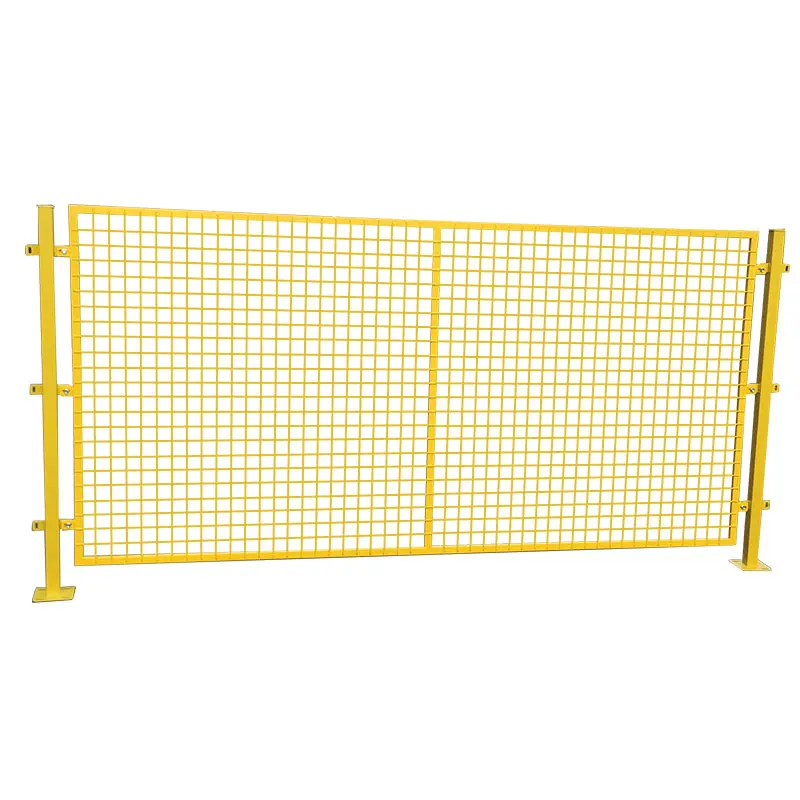The Versatility of Decorative Metal Grating A Fusion of Functionality and Aesthetics
In contemporary design, the interplay between functionality and aesthetics is ever paramount, and decorative metal grating stands as an exemplary illustration of this balance. With its limitless applications ranging from architecture to landscaping, decorative metal grating serves as both a practical solution and an artistic statement. This article explores the various types, benefits, and applications of decorative metal grating, showcasing its significance in modern design.
Understanding Decorative Metal Grating
Decorative metal grating typically refers to a kind of grating made from various metals that can offer strength, durability, and aesthetic appeal. Common materials used include stainless steel, aluminum, and carbon steel. The design process may involve different manufacturing techniques, such as welding, forging, or laser cutting, contributing to a diversity of patterns and textures. These design features can transform standard grating into eye-catching pieces that elevate any space.
Benefits of Decorative Metal Grating
1. Durability and Strength One of the primary advantages of decorative metal grating is its robustness. Metal grating can withstand heavy loads and harsh weather conditions, making it an ideal choice for outdoor applications, such as pathways, bridges, and balconies. Unlike traditional materials like wood, which can rot or degrade over time, metal grating remains reliable and long-lasting.
2. Customizability Decorative metal grating is highly customizable. Designers can choose from a variety of patterns, colors, and finishes to create a look that aligns with their vision. Laser-cut techniques allow for intricate designs and complex shapes, giving architects and artists the freedom to express their creativity uniquely.
3. Sustainability In a world increasingly focused on sustainability, metal grating emerges as an eco-friendly option. Many metals used in grating, such as aluminum and stainless steel, are recyclable. The production processes for these materials have also become more sustainable over time, reducing waste and energy consumption.
decorative metal grating

4. Low Maintenance Decorative metal grating requires minimal maintenance compared to other materials. Its surface treatments, such as powder coating or galvanization, protect against rust and corrosion, ensuring that the grating retains its appearance and functionality over time.
Applications of Decorative Metal Grating
1. Architectural Applications Decorative metal grating is widely used in the architecture field to create visually appealing facades and structural elements. It can be seen in building exteriors, where it serves as both ventilation and a design feature. By allowing for natural light to filter through while providing shade, metal grating enhances energy efficiency in modern buildings.
2. Landscaping In landscape design, decorative metal grating is often used in outdoor spaces to create walkways, benches, and other features. Its ability to blend seamlessly into the environment while offering functionality makes it a popular choice for gardens and parks. Additionally, metal grating can be employed as a trellis for climbing plants, adding vertical interest to landscapes.
3. Interior Design Inside spaces, decorative metal grating finds applications in furniture and interior decor. Designers utilize metal grating in items such as room dividers, shelving units, and light fixtures, enhancing the aesthetic while adding a contemporary touch. The interplay of light and shadow created by metal grating patterns can dramatically change the ambiance of a room.
4. Industrial and Commercial Uses Beyond aesthetics, decorative metal grating is vital in various industrial applications. In factories, it can be used for walkways and platforms, providing safety and functionality in work environments. Its antiskid properties make it suitable for high-traffic areas, enhancing worker safety and efficiency.
Conclusion
In conclusion, decorative metal grating exemplifies the perfect merger of form and function in modern design. Its durability, customizability, and low maintenance requirements make it a valuable choice for various applications, from architecture to landscaping. As designers continue to explore innovative uses for this versatile material, decorative metal grating will undoubtedly remain a key element in elevating both the functionality and beauty of spaces across the globe. Whether enhancing the aesthetic of a building or creating a functional outdoor area, decorative metal grating proves that utility and visual appeal can coexist harmoniously.
-
Why Galvanized Trench Cover Steel Grating Resists Corrosion
NewsJul.10,2025
-
The Versatility and Strength of Stainless Expanded Metal Mesh
NewsJul.10,2025
-
Load Calculations in Steel Grating Platforms
NewsJul.10,2025
-
Keeping Pets and Kids Safe with Chicken Wire Deck Railing
NewsJul.10,2025
-
Hole Diameter and Pitch for Round Perforated Metal Sheets
NewsJul.10,2025
-
Aluminium Diamond Mesh in Modern Architecture
NewsJul.10,2025
Subscribe now!
Stay up to date with the latest on Fry Steeland industry news.

